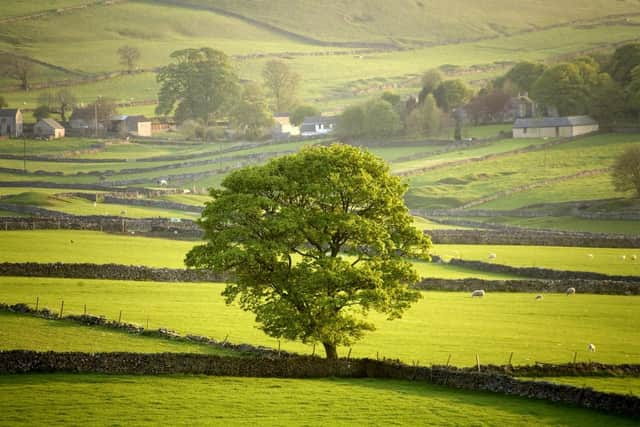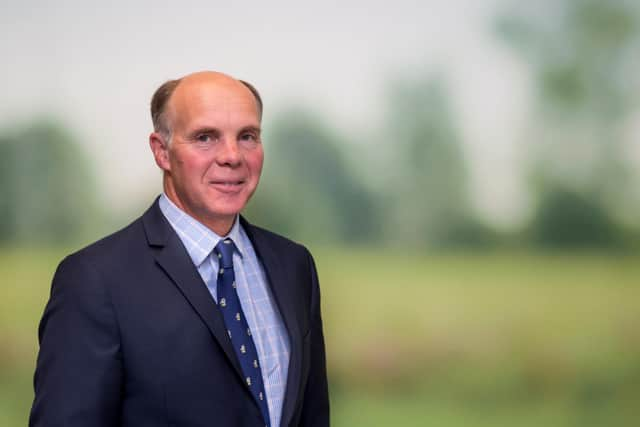Why death, divorce and disaster are only reason farms come up for sale in Yorkshire
In fact, says Andrew Black who heads up the rural agency team for Savills in the North of England, demand is far outweighing supply which is pushing up the price of farm and land in the countryside.
Recently the firm has marketed a five-bedroomed farmhouse that was in need of full renovation in less than acre of land at Danby, near Whitby, for £900,000; a 420 acre arable farm at Driffield with a farmhouse, cottage and farm buildings for £2.1m and 759 acres of land with a derelict cowshed at Littondale for £1.2m.
Advertisement
Hide AdAdvertisement
Hide AdBut he says one or two extra farm sales than usual, doesn’t mean there has been a change in the market.


It is still nigh on impossible for young people to enter the farming industry and buy their own farm – and even existing and established farmers are struggling to find affordable land to expand their businesses.
Mr Black said: “It is impossible because cash values are so high, the cost of input is so high relative to the profitability that you just could not borrow the money to make it work.
"For young entrants getting on the ladder, there are roles as farm managers. Some tenancies come up, but because they are in such short supply, people take the view – and it tends to be those people with existing farms because they are trying to set a son up – - they will pay a premium to get it.”
Advertisement
Hide AdAdvertisement
Hide AdThe main issue, he explains, is the lack of supply. Following the Second World War there used to be 600,000 acres a year of farmland sold and the amount has decreased by around 100,000 acres per annum every decade since. When Mr Black joined the selling business there were 300,000 acres a year coming up, now he says it is 150,000 acres.


He said: “Part of the issue is lack of supply, nobody sells unless they have to. Death, divorce and disaster will account for 120,000 acres. Supply is tight and that causes the issues. If you want to expand or move, there is very little to look at.”
Putting an extra squeeze on availability are “lifestyle” buyers who do not want to work a farm, but particularly after Covid are seeking a country lifestyle and Yorkshire presents an appealing location.
Mr Black said: “There is another problem. The average farm size sold is under 200 acres. To be a commercial farm on the arable side you want 500 acres plus, which is 20 per cent of the market at best. Eighty per cent is small farms and when you put a big farm on, you get killed in the rush.
Advertisement
Hide AdAdvertisement
Hide Ad“Existing farms looking to expand is 50 per cent of the market, but the chances of buying the farm next door coming on the market is one in 250 to 200 years.”
Lifestyle buyers could actually end up being part of the solution, he suggests and it would make the current market “more liquid”.
“If you have got 200 acres sold in lots, your lifestyle person might buy the house and 50 acres. That creates an opportunity for the local farmer to pick up the land if they could not buy the whole thing.”
